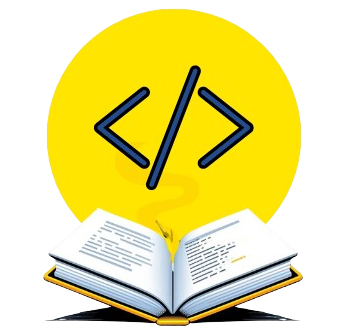Discover the methods to print all attributes of an object in Python with easy code snippets in our beginner-friendly guide.
When working with Python objects, you often need to inspect their attributes—especially for debugging or development. This guide shows different ways to print attributes of an object in Python so you can easily view and manage object data. Whether you’re new or experienced, these methods will help you handle objects more effectively.
How to Print All Attributes of an Object in Python?
You can print object attributes in several ways. These techniques are especially handy for debugging and understanding your data structures. However, before printing object attributes, its better to check if an object has attributes.
1. Using vars()
vars(object) returns a dictionary of all attributes and their current values. It’s like looking inside the object’s “storage”:
class Book:
def __init__(self, title, author, year):
self.title = title
self.author = author
self.year = year
book = Book("Harry Potter", "J.K. Rowling", 1997)
print(vars(book))Output:
{'title': 'Harry Potter', 'author': 'J.K. Rowling', 'year': 1997}2. Using __dict__ to Print Attributes of an Object
object.__dict__ is a special dictionary that stores the same information as vars(object):
class Book:
def __init__(self, title, author, year):
self.title = title
self.author = author
self.year = year
book = Book("Harry Potter", "J.K. Rowling", 1997)
print(book.__dict__)Output:
{'title': 'Harry Potter', 'author': 'J.K. Rowling', 'year': 1997}3. Using __dir__() Print Attributes of an Object
object.__dir__() shows a list of all attributes and methods tied to an object. It includes Python internals, so it might look crowded:
class Book:
def __init__(self, title, author, year):
self.title = title
self.author = author
self.year = year
book = Book("Harry Potter", "J.K. Rowling", 1997)
print(book.__dir__())Output (truncated for clarity):
['title', 'author', 'year', '__module__', '__init__', '__dict__', ... , '__class__']
4. Using the inspect Module to Print Object Attributes
The inspect module offers more advanced ways to examine and print attributes of an object in Python:
import inspect
class Book:
def __init__(self, title, author, year):
self.title = title
self.author = author
self.year = year
def display_info(self):
return f"{self.title} by {self.author}, {self.year}"
book = Book("Harry Potter", "J.K. Rowling", 1997)
members = inspect.getmembers(book)
print("All members:", members)Output (truncated for brevity):
All members: [
('__class__', <class '__main__.Book'>),
('__dict__', {'title': 'Harry Potter', 'author': 'J.K. Rowling', 'year': 1997}),
...
('author', 'J.K. Rowling'),
('display_info', <bound method Book.display_info of <__main__.Book object at 0x...>>),
('title', 'Harry Potter'),
('year', 1997)
]- You can filter results with a
predicate(e.g.,inspect.ismethod) to see only methods.
5. Manually Print All Attributes of an Object
Sometimes you just want a clear custom method to print all attributes of an object. So, inside your class, create a function that prints object attributes the way you prefer:
class Book:
def __init__(self, title, author, year):
self.title = title
self.author = author
self.year = year
def display_info(self):
print("Title:", self.title)
print("Author:", self.author)
print("Year:", self.year)
book1 = Book("Harry Potter", "J.K. Rowling", 1997)
book1.display_info()Output:
Title: Harry Potter Author: J.K. Rowling Year: 1997
Why Print Object Attributes?
- Debugging: Quickly verify that attributes are set correctly.
- Displaying Info: Easily show key details, like a book’s title and author.
- Testing: Confirm that methods updating attributes are working as intended.
- Documentation: Track object states, especially if you log them while a program runs.
Conclusion
Knowing how to print and inspect object attributes in Python is key for smooth debugging and smarter development. From built-in methods like vars() and __dict__ to tools like inspect, these approaches help you see and manage an object’s data. By using them, you’ll write cleaner code and avoid confusion when working with complex objects.
Tired of guesswork in Python? Plug into our straightforward Python guides and start coding confidently today.

